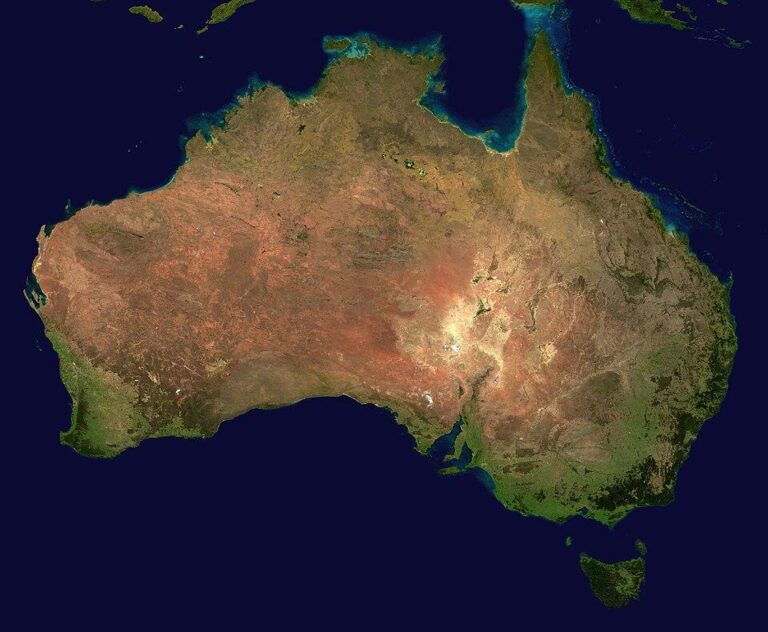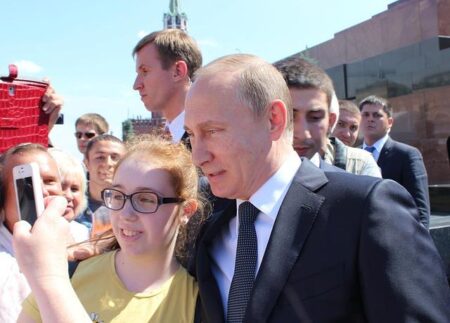Australia’s relationship with China has increasingly become a focal point of geopolitical analysis, raising pressing questions about regional security and economic ties. The Lowy Institute, Australia’s leading independent think tank on international affairs, has conducted a comprehensive assessment to explore whether Australia perceives China as a threat. This article delves into the findings of the Lowy Institute’s research, examining the complexities behind Australia’s strategic outlook amid rising tensions between the world’s second-largest economy and its key Indo-Pacific neighbor.
Australia’s Strategic Concerns Over China’s Growing Influence
Australia’s apprehensions about Beijing’s expanding footprint extend beyond mere economic competition, touching deeply on regional security and sovereignty. Canberra is increasingly vigilant about China’s assertive maneuvers in the Indo-Pacific, including the bolstering of military presence in contested areas and the strategic use of diplomatic influence to sway smaller Pacific nations. This growing clout challenges Australia’s traditional role as a key security partner in the region and raises questions about the resilience of established alliances.
Key areas driving Australia’s strategic calculus include:
- Military expansion: Enhanced Chinese naval activities and the development of missile installations raise concerns over freedom of navigation in crucial waterways.
- Economic leverage: Investments and infrastructure projects under the Belt and Road Initiative risk creating dependencies.
- Influence operations: Political interference and information campaigns aimed at shaping public opinion within Australia.
| Sector | Australian Concern | Chinese Strategy |
|---|---|---|
| Defense | Surveillance & Military Presence | South China Sea military bases |
| Economy | Trade Dependency | Resource investments & loans |
| Politics | Election Interference | Influence through diaspora engagement |
Economic Interdependence Amid Rising Geopolitical Tensions
Australia’s economic ties with China remain both deep and complex, underscoring a relationship that defies simplistic categorizations of friend or foe. Despite escalating geopolitical frictions, the two economies are intricately linked through extensive trade, investment, and supply chains. Australia’s dependence on Chinese demand for commodities such as iron ore, coal, and agricultural products continues to fuel a significant portion of its economic growth. This interdependence presents Canberra with a delicate balancing act, as policymakers seek to safeguard national interests without disrupting vital economic flows.
Key dimensions of this economic entanglement include:
- China accounting for approximately 30% of Australia’s total exports.
- A strong presence of Chinese investment in Australian infrastructure and real estate markets.
- The strategic importance of educational and tourism sectors reliant on Chinese visitors and students.
| Sector | Australia’s Reliance on Chinese Market |
|---|---|
| Mining & Commodities | ~70% Exports to China |
| Education | ~40% International Students |
| Tourism | ~25% Visitor Arrivals |
However, this economic interweaving neither inoculates Australia from strategic rivalry nor diminishes the palpable concerns in Canberra. Policymakers increasingly recognize the risks posed by overdependence on a single market amid China’s assertive foreign policy posture. This anxiety has prompted initiatives aimed at diversifying supply chains and enhancing economic sovereignty. Yet, attempts to decouple or delink come with significant costs, revealing the tension between pragmatic economic interests and geopolitical security imperatives.
Recommendations for Balancing Security and Diplomatic Engagement
Australia’s approach to managing the complex dynamics with China requires a nuanced strategy that prioritizes both national security and the necessity of robust diplomatic channels. Experts suggest that Canberra should focus on strengthening intelligence-sharing alliances while maintaining open communication to prevent misunderstandings. Emphasizing multilateral engagements, particularly through regional forums such as ASEAN and the Quad, can provide a platform to collectively address security concerns without escalating bilateral tensions. Equally important is investing in cyber defenses and critical infrastructure resilience to safeguard against potential threats, all while continuing to engage China economically and culturally.
A practical framework for balancing these priorities includes:
- Consistent diplomatic dialogues to build trust and clarify intentions.
- Targeted economic policies that reduce over-reliance on Chinese supply chains.
- Public transparency regarding security measures to foster domestic support.
- Increased defense cooperation with trusted partners to deter aggression.
| Focus Area | Recommended Actions |
|---|---|
| Security | Enhance cyberthreat intelligence & critical infrastructure hardening |
| Diplomacy | Regular high-level meetings and regional multilateral cooperation |
| Economy | Diversify trade partnerships and monitor foreign investment risks |
| Public Engagement | Transparent communication on risks and policy decisions |
Key Takeaways
As Australia continues to navigate its complex relationship with China, the Lowy Institute’s analysis underscores a cautious outlook marked by strategic concern rather than outright hostility. While economic ties remain significant, evolving geopolitical dynamics and security considerations have prompted Canberra to reassess its stance, reflecting a delicate balance between cooperation and competition. Moving forward, Australia’s approach will likely hinge on managing these competing interests amidst a shifting regional landscape, highlighting the enduring importance of vigilance and diplomatic nuance in safeguarding national interests.




